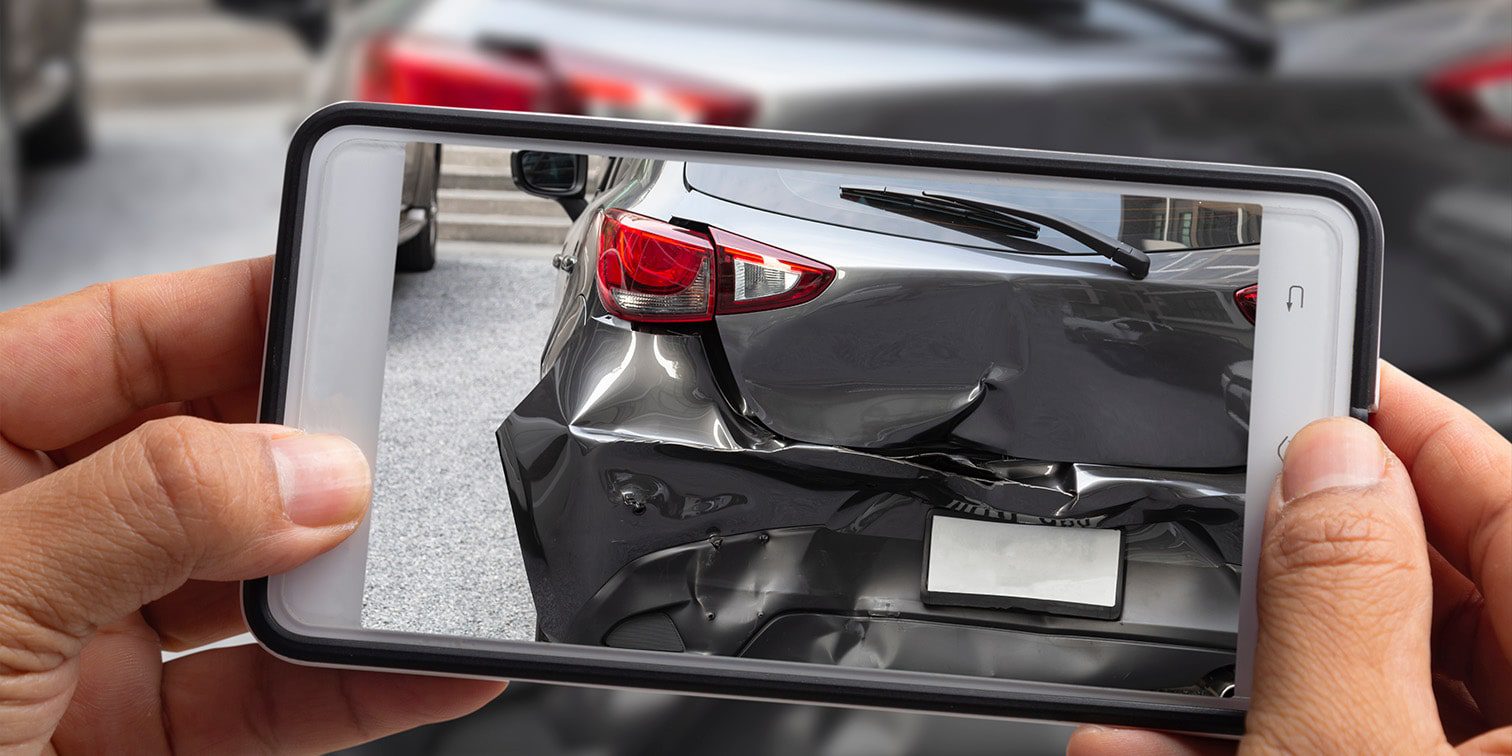If you have ever been injured due to someone else’s negligence, you have the right to sue them for compensation. To back up your claim, you assume the burden of proof and must provide solid evidence. In this article, you’ll learn the various types of evidence used in personal injury cases and how they fit into the process of a lawsuit.
Types of Evidence in Personal Injury Cases
What is burden of proof? In personal injury cases, you (the plaintiff) must prove that the accused (the defendant) was negligent and that this negligence directly led to your injury. You must prove that:
- The defendant had a duty of care towards you.
- The defendant breached this duty through unreasonable actions under the circumstances.
- You suffered an injury to your person, your property, or both.
- The injury would not have occurred if not for the defendant’s negligence.
To help prove the above, utilize the following forms of personal injury evidence.
Medical Evidence
Medical evidence consists of bills and medical records. You must seek medical attention regardless of whether you feel injured. This protects your safety and your legal rights. Undocumented injuries may worsen or cause you to miss the time limit for filing a claim.
Ensure that you keep a record of all medical treatments or procedures related to the accident, including any X-rays, emergency treatment bills, rehabilitation bills, or communications with your healthcare provider.
Physical Evidence
Physical evidence consists of various objects and items found at the accident scene. There are two types: tangible evidence and photographic evidence.
Tangible evidence includes items physically brought into the court. For example:
- Clothing you wore during the accident
- Damaged parts of the vehicles involved in the accident
- Broken tools and faulty equipment contributing to the accident
- Scars you suffered from the accident
Photographic evidence involves photos and videos that substitute for the actual items. Ideally, these should be taken as soon as possible after the accident. This can include pictures of:
- Your injuries
- The accident scene (damaged vehicles after a car accident)
- Conditions that may have contributed to the accident (an icy public walkway that led to a slip and fall or a faulty stoplight that led to a car accident)
- Photographic evidence is often easier to take and present in court and clearly explains how the accident happened.
Police Reports
Always report your accident to the authorities. Police reports provide an official, unbiased version of the events leading up to the accident. For example, an officer assigned to a car accident may issue tickets or citations to the party they believe to be at fault.
Even if a police report fails to identify who was at fault for the accident, it can still provide the basic facts of what happened.
Testimonials from Witnesses
Witness testimonies fall into two types: eyewitness accounts and expert witness accounts.
Eyewitness accounts come from people on the scene when the accident occurred. They can provide their own observations regarding what happened. Typically, people who were not directly involved are more credible sources.
Expert witness accounts are testimonies from experts in fields related to the accident. Science, engineering, and medicine are common fields of expertise. For example, a medical expert can provide insight into what caused the injuries you sustained, or an automotive engineer can explain how the impact damaged the vehicles involved.
Circumstantial Evidence
Circumstantial evidence indirectly supports a claim. For example, if a driver’s cell phone records show that they were texting shortly before the accident, it can be used to show that they were distracted while driving. However, if they were driving with a passenger, it is circumstantial evidence to claim that the driver was distracted while driving with another person in the car.
Summary of Investigation and Discovery
Evidence will be used mainly in two stages of the case: investigation and discovery.
Investigation
The investigation phase begins when you hire a lawyer, and they start your case. First, they will ask you for your information, such as photographs and medical records. Next, they will evaluate your evidence and its relevance to the case. Finally, you and your lawyer will figure out the general direction of your legal arguments.
In some cases, you could be asked to return to the accident scene to collect additional evidence like photos of missing speed limit signs or broken sidewalks. Your lawyer may also enlist a qualified investigator to assist with finding more information.
Discovery
The discovery phase occurs after you file a lawsuit with the court and the defendant answers your complaint. It is characterized by an exchange of information between both parties. Both you and the defendant have the right to request documents, interrogatories, and depositions. This is done to ensure that both sides have the information to argue their case.
Many lawsuits end at the discovery phase as the facts become clearer to both sides. Due to this, agreeing to a fair settlement is easier.
Get Evidence the Right Way
If you have been injured in an accident, filing a lawsuit on your own can be overwhelming. You have to be aware of the procedures for filing, but you also need to identify the right evidence to support your claim — all while recovering from your injuries.
Feel free to reach out to our team of personal injury lawyers. Over the years, we’ve helped countless victims build strong cases and successfully pursue compensation. Call us at (213) 252-1070 or contact us online for a free consultation today.
